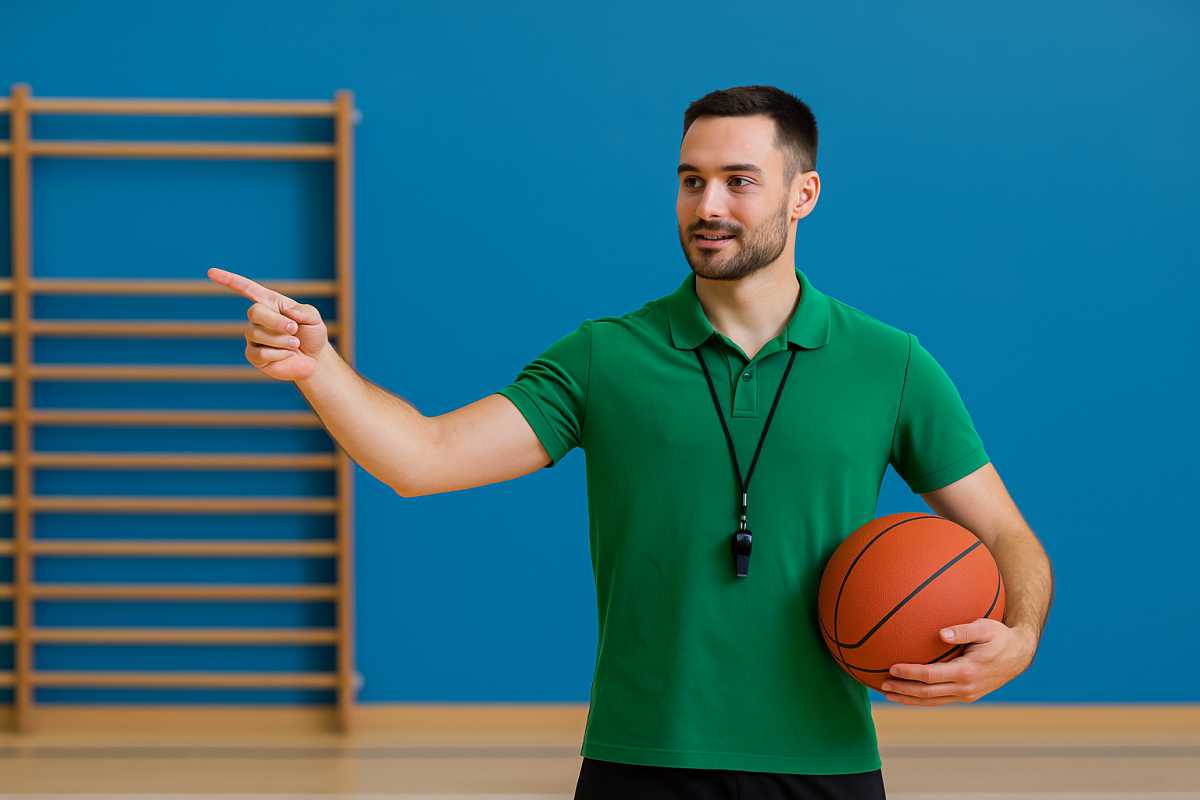Let’s talk straight—being a physical education teacher isn’t just about running around, blowing whistles, and dodging flying dodgeballs (though, hey, that’s part of the charm). At its core, this role blends passion for movement and sports with a real mission: inspiring young folks to value fitness, teamwork, and health. So, if that’s got your heart beating faster, read on.
Becoming a physical education teacher is a journey: growing your knowledge, getting certified, maybe enduring a messy student teaching phase (we all get nervous), and finally landing in that classroom or gym ready to make a difference. Let me break it down for you step by step:
1. Earn the Right Education
First off, most states require you to have a bachelor’s degree in physical education, kinesiology, or a related field. You might take classes like anatomy, exercise physiology, sports psychology, and teaching methods. Lots of colleges even bundle in teacher certification with your degree—so you’re prepping your body and mind while learning how to teach effectively.
It usually takes around four years, especially if you’re doing your student-teaching semester alongside coursework. If you come from a different field, don’t stress—many states offer alternative certification programs or require a master’s in PE or a related subject.
2. Complete Student Teaching & Licensing
Once your coursework is done, it’s not over yet. You’ll step into a student teaching experience, usually under the watch of a veteran PE teacher. This is where the real learning happens—managing energetic classes, adapting activities to different skill levels, keeping students safe, and yes—sometimes just surviving first-period chaos.
After that, you must pass your state’s licensing or certification exams, which often include both general teaching tests and subject-specific ones for physical education. You’ll likely also need a background check and may even need CPR or first-aid certification—teachers gotta be ready for bumps, trips, and all sorts of minor emergencies.
Related Article: Active Release Therapy Certification
3. Build Your Skills & Get Certified
Once certified, you’re on your way—but the real job starts when you walk into your own classroom or gym. Being a great physical education teacher means more than knowing sports. You need strong communication skills to teach safely, leadership to manage large groups, and adaptability to include students of all abilities and backgrounds.
Over time, many PE teachers move up into roles like department head, athletic director, or even college instructor or curriculum specialist, especially if they earn a master’s or EdD.

4. Physical Education Teacher Salary NYC
Let’s be real—pay matters. So, how much does a physical education teacher make? In 2025, the average annual salary in the U.S. sits around $62,233—which translates to roughly $30 per hour. Though it varies widely, PayScale lists a typical average near $54,289, Zippia suggests around $49,652, while others, like Indeed, report an average closer to $73,368—some big variance, right?
Location matters a ton. In New York, PE teachers might average $66,160 annually; in California, it’s around $68,643. And just for another snapshot, as of August 2025, ZipRecruiter gives a national average of $54,288, with most folks earning between $45k and $61k.
So yeah, pay differs—but don’t let that stop you if teaching and fitness light you up.
Related Article: Occupational Therapy Salary NYC
Summary Table: Salary Snapshot (2025)
| Source | Average Annual Salary |
|---|---|
| Salary.com | $62,233 (~$30/hr) |
| PayScale | $54,289 |
| Zippia | $49,652 |
| Indeed | $73,368 |
| New York Avg. | $66,160 |
| California Avg. | $68,643 |
5. Job Outlook & Benefits
This isn’t just a job—it’s often a way of life. And guess what? Schools need PE teachers. With increasing focus on childhood wellness and active lifestyles, demand for qualified PE educators remains steady. Many districts offer decent perks too—like healthcare, retirement plans, summers off, and more—making it a stable choice Salary.com.
6. Final Thoughts
So you’ve seen the roadmap—earn your degree, student-teach like your heart depends on it, get certified, and then dive into the awesome chaos of a gym full of kiddos. A physical education teacher is more than just a coach. You’re a mentor, a motivator, and sometimes even a counselor, role model, and friend.
You might not get a fortune—but you do get something harder to measure: shaping young lives, spreading health, and maybe inspiring someone to fall in love with movement.
